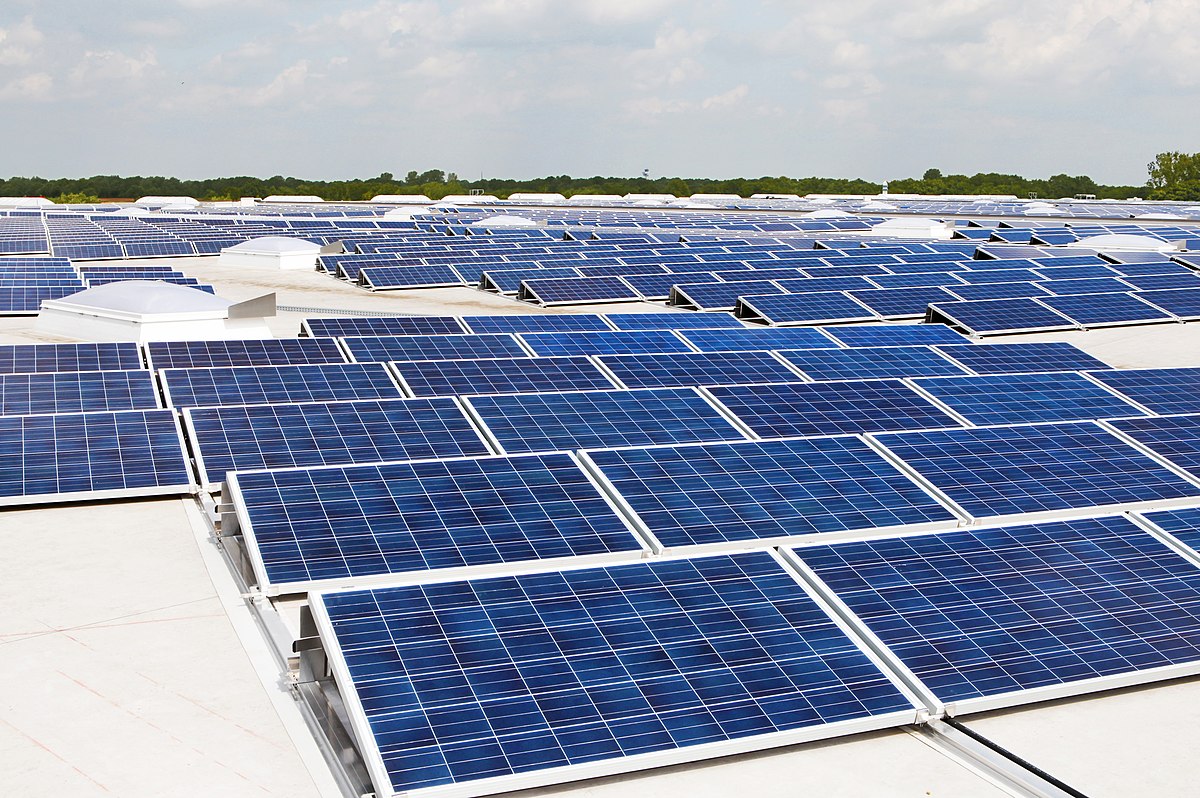Introduction
Return on Investment (ROI) is a pivotal metric in the evaluation of commercial Solar PV (Photovoltaic) system design. It is a performance measure that gauges the financial efficiency of an investment, enabling businesses to understand the potential profitability of their PV systems.
The connection between design and ROI is intricate, as design decisions directly influence the overall cost, efficiency, and long-term profitability of a PV system. Thus, astute design choices are essential in maximizing ROI.
This blog post delves into the multifaceted relationship between PV system design and ROI, exploring design factors that impact profitability and highlighting case studies that underscore the significance of meticulous design planning.
Understanding Solar PV System Design
Commercial PV systems are solar energy installations tailored for businesses to generate electricity from sunlight. These systems comprise several components, including solar modules, inverters, mounting systems, battery storage, and electrical components.
To optimize PV system performance, designers must consider various factors, such as site analysis, load requirements, budget constraints, and local regulations. An in-depth understanding of these considerations is crucial for devising a PV system that balances cost and efficiency.
Types of PV System Designs
There are three primary PV system designs: grid-tied, off-grid, and hybrid. Each design offers unique advantages and challenges, requiring a thorough evaluation of the business’s specific energy needs and financial goals.
1) Grid-Tied PV System
Grid-tied PV systems connect directly to the utility grid, allowing excess energy to be fed back for credits or compensation. During low solar production or high demand, power can be drawn from the grid. These systems are cost-effective but cease to function during power outages.
2) Off-Grid PV System
Off-grid PV systems operate independently, using battery storage for excess energy. Ideal for remote locations or unreliable grid connections, these systems require higher upfront investment and careful energy management to meet energy needs without grid support.
3) Hybrid PV System
Hybrid PV systems combine grid-tied and off-grid elements, providing flexibility in energy management. Connected to the grid and featuring battery storage, these systems offer resilience and independence at a higher upfront cost compared to grid-tied systems.
ROI and PV System Design
i) ROI Calculation
ROI is calculated by dividing the net profit of an investment by its initial cost. For commercial PV systems, ROI takes into account factors such as installation costs, energy savings, and maintenance expenses.
ii) Factors Influencing ROI
Numerous elements influence the ROI of commercial PV systems, including module selection, inverter efficiency, mounting systems, battery storage, and electrical design.
iii) Design Decisions Impacting ROI
Well-informed design decisions can significantly enhance the ROI of commercial PV systems, while suboptimal choices may impede profitability. Consequently, it is vital to analyze each design component’s impact on system performance and cost.
Design Factors That Impact ROI in Solar PV System
A. Module Selection
Solar module size, technology, and efficiency directly influence the energy output and system costs. Opting for high-efficiency modules can improve ROI by increasing energy generation and reducing the required installation space.
B. Inverter Selection
The type, efficiency, and reliability of inverters affect the overall system performance. High-quality inverters with advanced features can minimize energy loss and ensure a steady return on investment.
C. Mounting Systems
Mounting system selection impacts the installation process, material costs, and system longevity. Choosing robust and easy-to-install mounting solutions can reduce labor expenses and improve ROI.
D. Battery Storage
Battery storage type, capacity, and lifespan influence a PV system’s ability to store excess energy. An efficient battery storage system can increase energy savings and contribute to a favorable ROI.
E. Electrical Design
Wiring, grounding, and safety features constitute the electrical design of a PV system. Implementing a reliable and secure electrical design can prevent costly system failures and enhance long-term ROI.
Future Trends in Solar PV System Design and ROI
A. Emerging Technologies
New technologies, such as bifacial solar modules and advanced power optimizers, are poised to revolutionize PV system design, enabling greater efficiency and potentially boosting ROI.
B. Innovations in Design
Innovative design approaches, such as floating solar installations and building-integrated photovoltaics (BIPV), are paving the way for improved ROI by maximizing space utilization and energy generation.
C. Predictions for the Future
As the solar industry continues to evolve, we can anticipate further advancements in PV system design and technology that will lead to increased ROI, making solar energy an even more attractive investment for businesses.
Conclusion
The design of commercial PV systems plays a critical role in determining the ROI for businesses. Factors such as module selection, inverter efficiency, mounting systems, battery storage, and electrical design can significantly impact system performance and cost.
To optimize ROI, businesses must carefully evaluate design components and make informed decisions that prioritize efficiency and long-term profitability.
Final Thoughts and Recommendations
By staying abreast of emerging trends and innovations in PV system design, businesses can capitalize on new technologies and strategies that enhance ROI. As the solar industry continues to progress, the careful consideration of design decisions will be paramount in ensuring optimal returns on investment for commercial PV systems.
Don’t miss out on the opportunity to maximize your solar ROI!
Consult with Pixit Technowiz’s expert solar PV design engineers today and unlock your business’s solar potential. Sign up now for a 3-day free trial and experience the difference that exceptional design can make.

